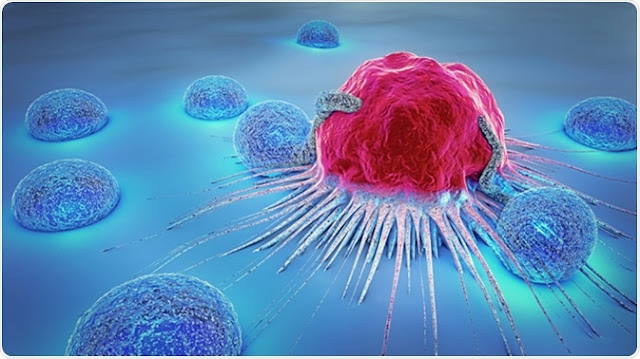Around 80% of the Ammonia Produced By Industry Is Used In Agriculture as Fertilizer
Ammonia is a compound of hydrogen and
nitrogen with the formula NH3. It is a colorless gas, highly soluble
in water, with a distinct characteristic of a pungent smell. It is widely used
in plastics, fiber, mining, pulp and paper, pharmaceutical, chemical, and
agriculture industries. Moreover, it is necessary for several important
biological functions, such as protein synthesis, nucleic acid production, and
the breaking down of DNA. The effects of ammonia on humans vary depending on
the level of exposure and how long the person has been exposed. Ammonia gas can
irritate the respiratory tract, eyes, nose, and throat. Furthermore, exposed
individuals may experience headaches, nausea, diarrhea, vomiting, and stomach
cramps.
The severity of health effects depends on the
route of exposure, the dose, and the duration of exposure. Long-term exposure
can result in blindness, lung damage, or death. Ammonia
is also highly toxic to pets, causing potentially serious damage to the skin,
eyes, abdomen, and even death with substantial exposure. This compound is
corrosive and irritating, and has been proven to be especially dangerous for
people with respiratory issues. According to the World Health Organization
(WHO), the estimated daily ammonia intake through food and drinking-water is 18
mg, by inhalation less than 1 mg, and through cigarette smoking less than 1 mg.
Ammonia is one of the most abundant
nitrogen-containing compounds that occur naturally in the environment. Around
80% of the ammonia produced by industry is used in agriculture as fertilizer. There
is an increasing demand for ammonia-based fertilizers to enhance the yield
productivity to meet the growing demand for food. According to the
ChemicalSafetyFacts.org, around 90% of ammonia
produced is used in fertilizer, to help sustain food production for billions of
people around the world. With the increasing population, demand for food is
also increasing with a rapid pace. The United States 2020 population is
estimated at 331,002,651 people at mid-year, according to United Nation’s data.




Comments
Post a Comment